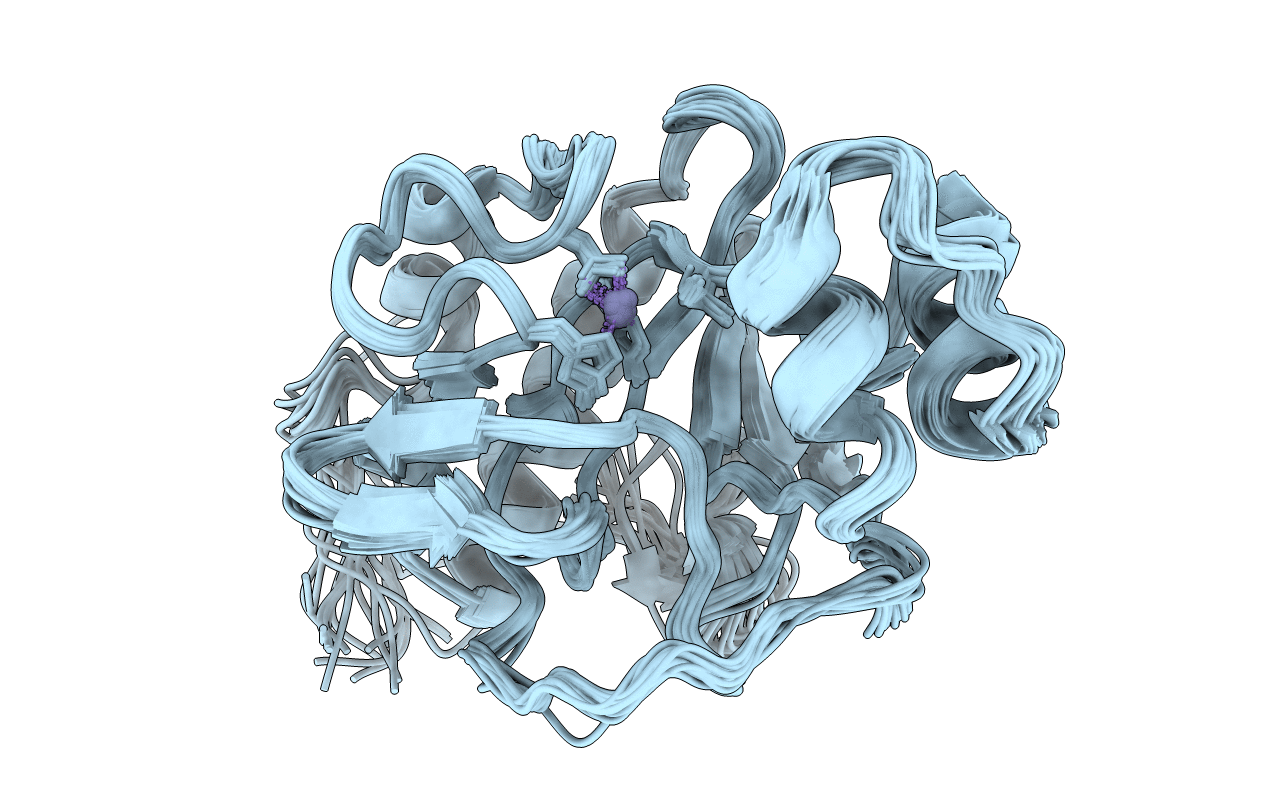
Deposition Date
2003-01-31
Release Date
2003-02-18
Last Version Date
2023-12-27
Entry Detail
Biological Source:
Source Organism:
Citrobacter freundii (Taxon ID: 546)
Host Organism:
Method Details:
Experimental Method:
Conformers Calculated:
20
Conformers Submitted:
20
Selection Criteria:
all calculated structures submitted


